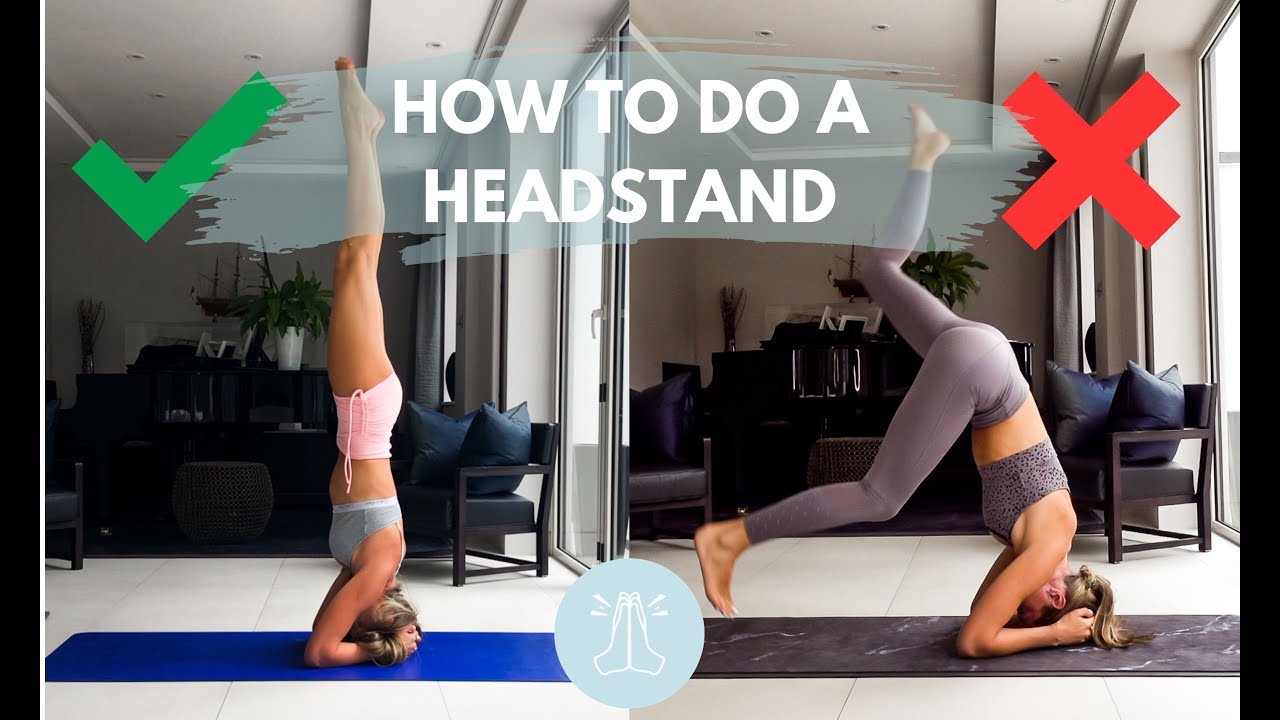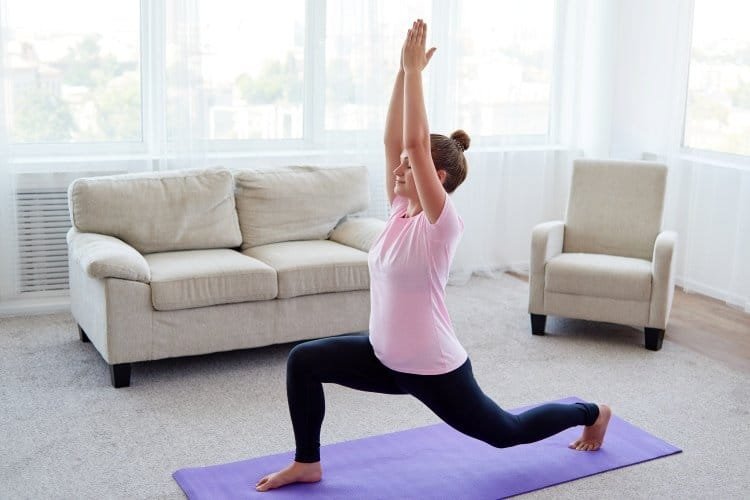
Teaching yoga can not only be a great exercise, but it can also transform lives. It can help you shed any impurities and attitude that could prevent you trusting others. Yoga teachers learn to take care of their students. This allows you to form a community with other yoga practitioners. These friendships can be the foundation for a fulfilling life.
Judith Hanson Lasater's ultimate guide to effective communication between yoga teachers, their students
Judith Hanson Lasater provides guidance in effective communication between yoga teachers, students, and their students. She provides tips on communicating verbally and using touch in order to help students feel secure and comfortable. She also provides tips for drawing boundaries and creating a supportive environment.
Judith Hanson Lasater has been teaching Yoga for more than 30 years. She is a certified physical therapist, author and a licensed physical therapist. She is a leader in yoga education and is widely recognized as one the top yoga teachers in the country. She was a founding member of the California Yoga Teachers Association as well as the Iyengar Yoga Institute, both in San Francisco. She has published over ten books and numerous live events and online courses.

Teaching Yoga With Intention is Judith Lasater's focus. It encourages students to be empowered and takes responsibility for their own practice. She covers difficult topics that can make students feel uncomfortable, like saying no to an adjustment, staying within boundaries, and reporting inappropriate behavior. Students will learn how to create a safe learning environment, communicate their feelings to teachers and show appreciation. This book is a valuable resource for both yoga teachers and students.
Judith Hanson Lasater's definitive guide to professional behavior regarding sexual ethics in the yoga studio
The new book by Judith Hanson Lasater outlines the best practices to ensure sexual safety in a yoga studio. The book addresses a variety of sexual misconduct scenarios that can occur in a yoga studio. Sexual misconduct in a yoga studio is particularly offensive because yoga is a spiritual and deeply personal practice. Students are vulnerable and sexual misconduct in a studio can have devastating effects on the victim, the institution and the tradition.
Sometimes, a teacher may be able to have sexual contact with a student even though they are not aware of it. These behaviors can lead to romantic relationships, but they must be entered with high levels of awareness on both sides. The end result is often not happy. Many students see their yoga teachers more as mentors than equals. According to psychologists, this type relationships can cause problems in trusting others.
Yoga teaching techniques for non-yogis
Yoga teachers should be able to understand how to interact with non-yogis, and make class fun for everyone. They must be patient as well as have an emotional and mental balance. The latter will help them stay positive and form deep connections. They need to learn how to pronounce their words in a way that is easy to understand. They should also practice teaching others yoga. These techniques will become second natural after some time.

Let students ask questions. This is the first technique. If the class is a meditation, restorative or meditation session it might be appropriate to mute them. But if the class isn't restorative, you can open the floor for questions and comments. This can be helpful for students who don't like speaking in front of others.
FAQ
Who would be most benefit from yoga?
The target market for yoga is people who want a better quality of life by improving their health and fitness levels. People who seek to improve their balance, flexibility and posture.
They might also be looking to gain or lose weight. They may also be interested to reduce stress and anxiety, and achieve peace of mind.
People with disabilities include arthritis, back problems, asthma, diabetes, heart disease, high blood pressure, insomnia, migraines, obesity, osteoporosis, rheumatoid arthritis, and spinal injuries. For these people, yoga is particularly beneficial.
Do I need warm up before I do yoga
No. You don't need to warm up before performing a yoga session.
If your muscles feel stiff or sore after exercising, you can stretch them to loosen them.
What are the best kinds of yoga mats to use?
There are many types of yoga mats. The size, price, durability, and cost of a yoga mat will all play a role in your decision.
A high quality mat will not only protect your floor from scratches but also be thin enough to allow you to move quickly.
An inexpensive mat might not be enough to provide sufficient support.
What are the steps to get started with yoga?
A mat, some that can be folded, loose clothes and a blanket or towel to cover your head when you lie down will be necessary.
You may also need props like blocks, straps or bolsters, blankets, towels, or blankets for specific poses.
However, in general, you don't need any other things. You must have a desire for positive change in your life and be willing to dedicate yourself to yoga.
Statistics
- Lock in 25% off your Founding Member rate. (corepoweryoga.com)
- Start your Fall off right with 20% off All Access Membership when you sign up by 9/25! (corepoweryoga.com)
- The people in the yoga group were 37 percent more likely to have quit smoking by the end of the 8-week program. (nccih.nih.gov)
- The American Psychological Association recently shared that 84% of American adults feel the impact of prolonged stress (5). (healthline.com)
- About one in seven U.S. adults practiced yoga in the past 12 months, according to a 2017 national survey. (nccih.nih.gov)
External Links
How To
Can I do yoga during pregnancy?
Pregnancy can affect your ability to do certain poses safely. You should always consult your doctor before starting a new workout program.
However, there are many poses you can still do during pregnancy. Here are some tips.
-
Pregnant women shouldn't lift weights above shoulder level. Instead, use lightweight resistance bands or dumbbells.
-
Avoid deep twists. This could put pressure on the belly.
-
You should avoid backbends, at least until you give birth. These can cause excessive strain on your lower back.
-
Don't sit cross-legged or lie down on your stomach until you deliver your baby.
-
Your doctor will have to approve you before you attempt inverted poses, such as handstands and headstands.
-
Do not exceed 30 minutes of practice per day.
When you're ready, you can continue doing yoga throughout your pregnancy. Your doctor can help determine when you are ready and when to stop practicing yoga.